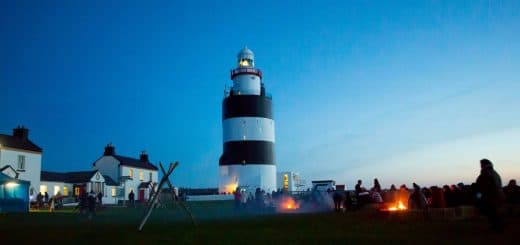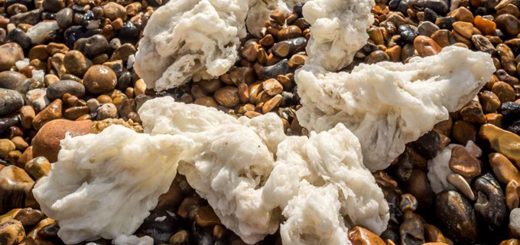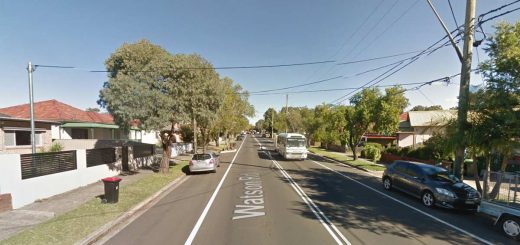A list of facts that you might not have known about County Wexford in Ireland.
Hook Lighthouse is extremely old.
Hook Lighthouse is the oldest operating lighthouse in Ireland. Surprisingly enough, it is also believed to be the oldest operating lighthouse in the world! The tower was originally built by Strongbow’s brother-in-law, William Marshall, back in the early 1200s. Marshall needed a lighthouse in the area because he had recently set up a port in the nearby town of New Ross. The first custodians of the lighthouse were a group of monks that lived in a nearby monastery. These monks, who are thought to have aided in its construction, warned sailors about the dangers of the Hook peninsula by lighting beacons of fire.
Selskar Abbey.
Selskar Abbey in Wexford Town is built on the spot where the first Anglo-Irish peace treaty was signed back in 1169. The treaty was signed by Diarmait Mac Murchada, who had recently been removed from his position as the King of Leinster. It was his removal that set in motion the events that inevitably led to the Norman invasion of Ireland.
Yola.
Up until the mid-1800s, a unique dialect of English was spoken in the southern half of County Wexford. This dialect, which was called Yola, had evolved from another dialect called “Middle English”, which was brought to Wexford during the Norman invasion of Ireland. Believe it or not, the Wexford Slang word “quare” is a Yola word that means “very”.
Narrow streets.
You can blame Wexford Town’s narrow streets on the Vikings, who founded the town back in 800 AD. The Vikings preferred narrow and winding streets because they made it cumbersome for enemies to launch large-scale attacks. For the most part, Viking streets were between 4-6 meters in width.
Zorro.
Professor Fabio Troncarelli of Viterbo University found evidence in the Vatican’s Inquisition archives that the real Zorro was a man called William Lamport – an Irish Catholic adventurer that was born in Wexford Town during the 1600s.
Saving Private Ryan
The D-Day landing scenes from the movie Saving Private Ryan (1998) were filmed on Ballinesker Beach in County Wexford. Filming on the beach began in June, 1997 and it is estimated that over £6 million pounds was injected into the local economy as a result.
Wexford Opera House
The Wexford Opera House is Ireland’s first custom-built, multi-purpose opera house. The Wexford Opera Festival has been running since 1951.
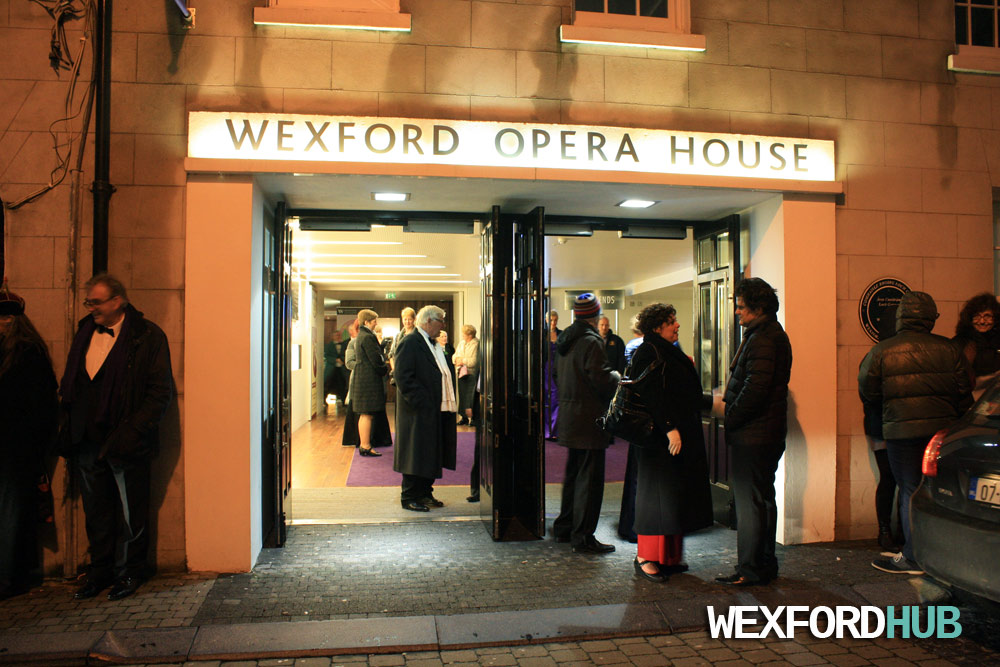
John Barry.
The “Father of the American Navy”, John Barry, was born in the village of Tacumshane, County Wexford. In 1797, President George Washington appointed Barry as the commander-in-chief of the American Navy. The bronze statue that you see on Wexford’s Crescent Quay was a gift from the USA. It was delivered by the United States Navy Destroyer USS John R. Pierce (DD-753) during the 1950s.
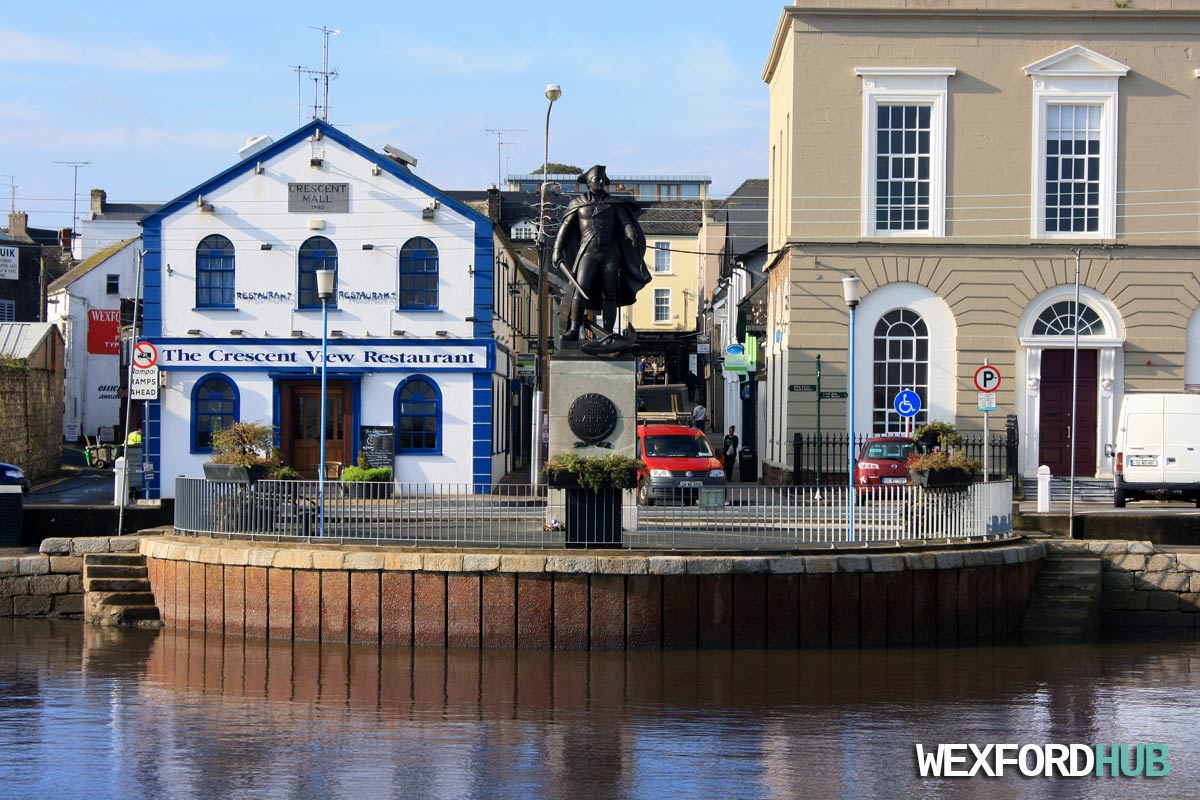
The statue of John Barry, which lies on Wexford’s Crescent Quay.
Sunshine.
County Wexford is the sunniest county in Ireland. According to statistics, the “sunny south east” gets an average of 4.38 hours of sunshine per day. This is well above the likes of Offaly, which receives an average of 3.2 hours of sunshine per day.
Leinster.
Geographically-speaking, County Wexford is the largest county in Leinster. It is 2,353 km² in size, which means that it is about the same size as Lake Edward in Africa.
The 1798 Rebellion.
During the 1798 rebellion, the most successful (and destructive) uprising took place in County Wexford. The uprising, which lasted between the 27th of May and the 22nd of June, led to the establishment of a republican regime. After the rebellion was crushed, its leaders were arrested and hanged. Most of these executions took place on Wexford Bridge.
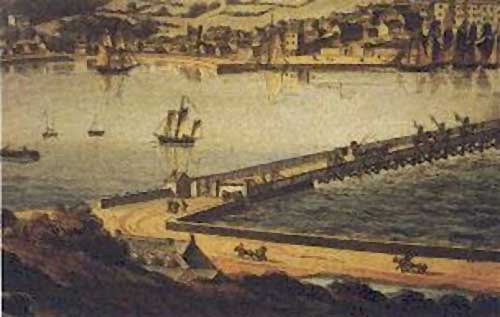
A painting of Wexford Town’s bridge in 1800.
St. Iberius Church.
It is believed that St. Iberius Church on Wexford’s Main Street is built on top of a Christian site that dates as far back as 400AD, when St. Patrick was alive.
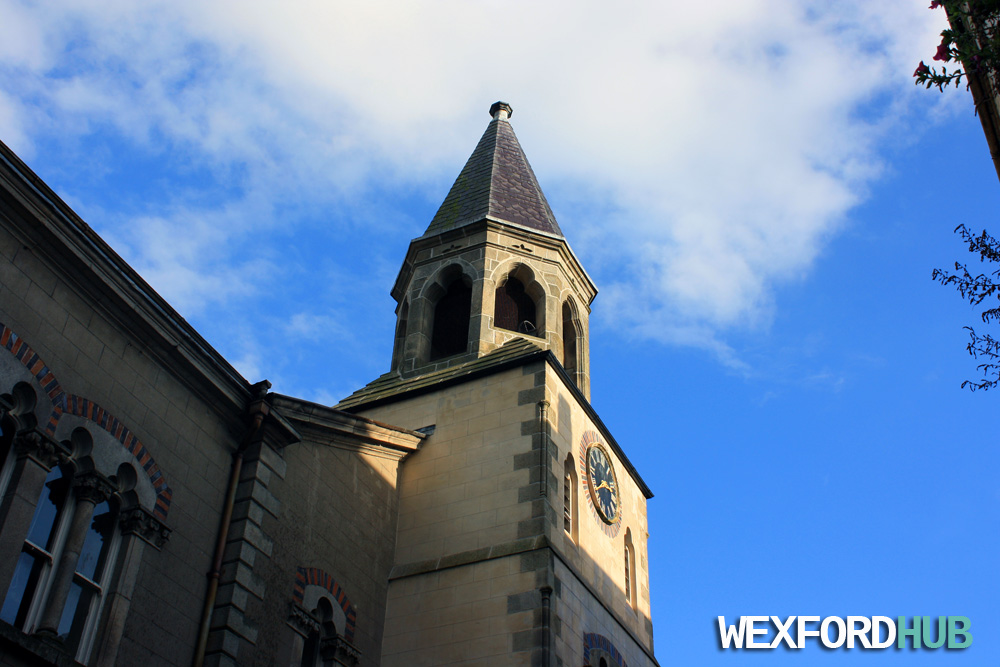
A photograph of St. Iberius Church.
The Bull Ring.
The Bull Ring was named after a blood sport called “bull-baiting”, which was introduced to Wexford Town during the 1600s. The cruel sport, which many considered to be a “public nuisance”, was eventually outlawed by the Cruelty to Animals Act of 1835.
Pre-history.
Humans were living in County Wexford as far back as 5000BC. To put that into perspective: 7000 years have passed since County Wexford was first inhabited by humans. Because of its proximity to the island of Britain, it is believed that Wexford was one of the first areas in Ireland to be visited by humans.
John F. Kennedy.
The great-grandfather of US President John F. Kennedy was an Irishman called Patrick Kennedy, who emigrated to the United States from Dunganstown in New Ross during the mid-1800s. In June of 1963, JFK visited his ancestral home in County Wexford.
Nuclear Plant.
During the 1970s, Carnsore Point was the proposed location of a nuclear power plant. This led to protest rallies and concerts, which were organised by some of the various anti-nuclear groups. Funnily enough, these protest concerts were then picketed by the British and Irish Communist Organisation, who were in favour of nuclear power.
The Count of Monte Cristo.
Scenes from the movie The Count of Monte Cristo (2002) were filmed in the village of Duncannon. In fact, one of the main scenes was filmed in Duncannon Fort, which is a fortress that was built back in 1588. The movie, which starred actors such as Guy Pearce, Jim Caviezel and Luis Guzmán, grossed over $75 million at the worldwide Box Office.

